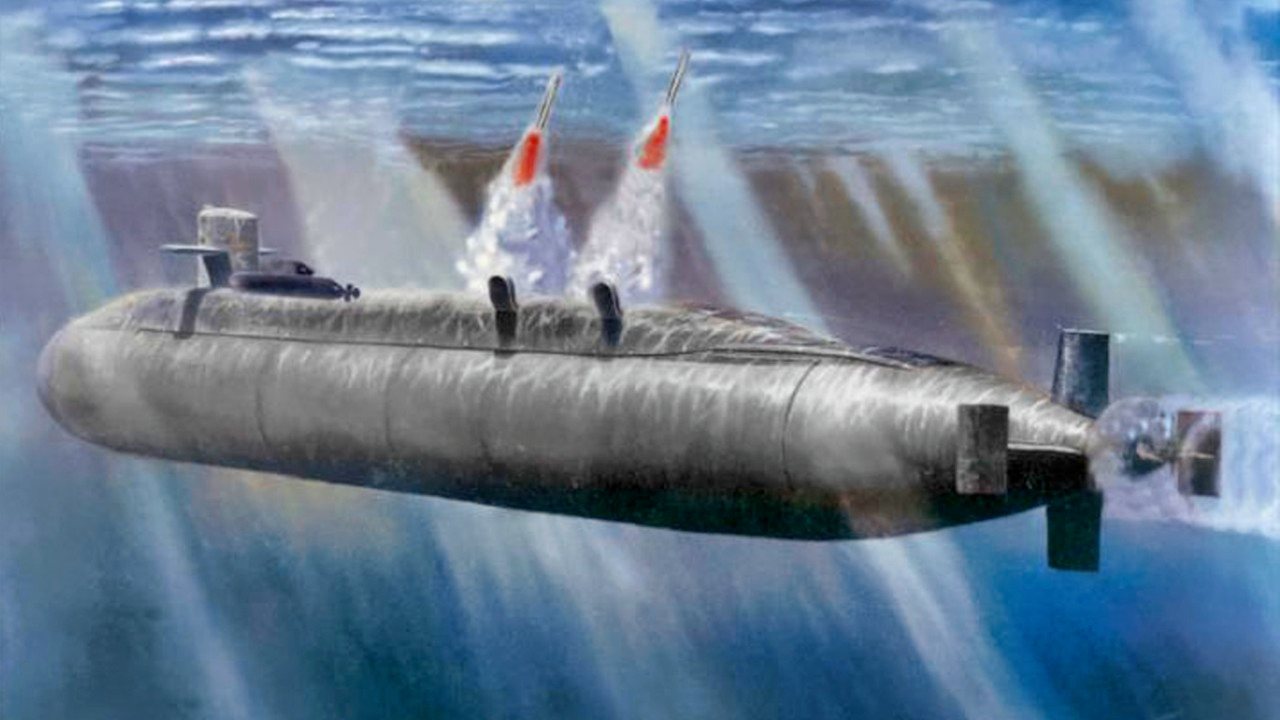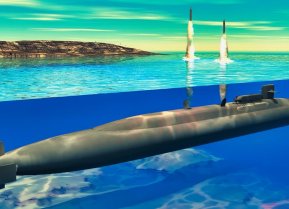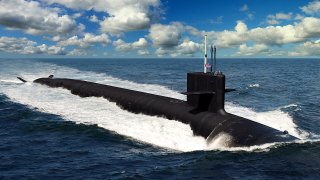The U.S. Navy's Columbia-Class Missiles Submarines are Massively Expensive
While the upcoming Columbia-class submarines may be over budget, their timely introduction to service will be essential to uphold America’s sea-based nuclear deterrent.
Columbia-Class SSBN Submarine: Why is this so expensive? - The U.S. Navy’s upcoming Columbia-class submarines are set to begin replacing their Ohio-class predecessors by 2031.
While these nuclear-powered ballistic missile submarines are expected to serve as the backbone of America’s nuclear deterrent arsenal, their hefty price tags are only growing.
This fall, the Congressional Budget Office reported that the lead ship in the class, USS District of Columbia, will cost roughly $1.7 billion more than the Navy initially projected.
Additionally, the eleven subsequent submarines will cost around $1.5 billion more than expected. "CBO estimates that total shipbuilding costs would average about $34 billion to $36 billion (in 2023 dollars) over the next 30 years, which is about 16 percent more than the Navy estimates. Compared with its estimates for the 2023 plan, CBO's estimates increased by between 5 percent and 10 percent in real (inflation-adjusted) terms, depending on the alternative," the nonpartisan government watchdog group warned.
Although these financial roadblocks are significant, tensions between Washington and Beijing are only increasing, and the potential for a full-blown kinetic conflict is looming. The state of the Navy’s submarine fleet will be essential in times of war, regardless of price.
The history of the Columbia-class submarines:
Beginning in 2028, the existing Ohio-class submarines will be decommissioned at a rate of one per year and be replaced by their Columbia-class successors.
A total of 12 submarines are being planned. So far, the USS District of Columbia (SSBN-826) and USS Wisconsin (SSBN-828) have been ordered. Manufacturing giant Electric Boat is designing the new class alongside Newport News Shipbuilding.
The former is serving as the prime contractor in the project, with the latter responsible for detail planning, engineering analyses and development of components and technical services.
Specs & capabilities:
According to Naval Technology, the new ballistic missile submarines will feature X-shaped stern control surfaces in addition to sail-mounted dive planes. The ships’ missile compartments will incorporate four missile tubes.
Each submarine in this class will be equipped with 16 missile tubes for launching 16 Trident II D5 submarine launched ballistic missiles. The Trident II, designed by Lockheed Martin Space, is an improved weapon with greater accuracy, range and payload than its preceding variants.
An upgraded DLE2 ballistic missile will be fitted from the ninth Columbia-class submarine onwards. A product of a joint American/British effort, the $1.2 billion deal will be shared by both countries.

In terms of sensors, the Columbia-class will also sport the latest technologies. Each ship in this class will be equipped with a large aperture bow sonar system, which is designed to improve the transfer of acoustic signals.
The Columbia-class will be powered by a nuclear reactor and propulsion system that will allow each vessel to sail at speeds in excess of 20 knots. By running on electric drive instead of the reduction gearing and mechanical drive systems used in the past, the Columbia submarines will be able to travel faster while at deeper depths.
While the upcoming Columbia-class submarines may be over budget, their timely introduction to service will be essential to uphold America’s sea-based nuclear deterrent.
About the Author: Maya Carlin
Maya Carlin, National Security Writer with The National Interest, is an analyst with the Center for Security Policy and a former Anna Sobol Levy Fellow at IDC Herzliya in Israel. She has by-lines in many publications, including The National Interest, Jerusalem Post, and Times of Israel. You can follow her on Twitter: @MayaCarlin.


